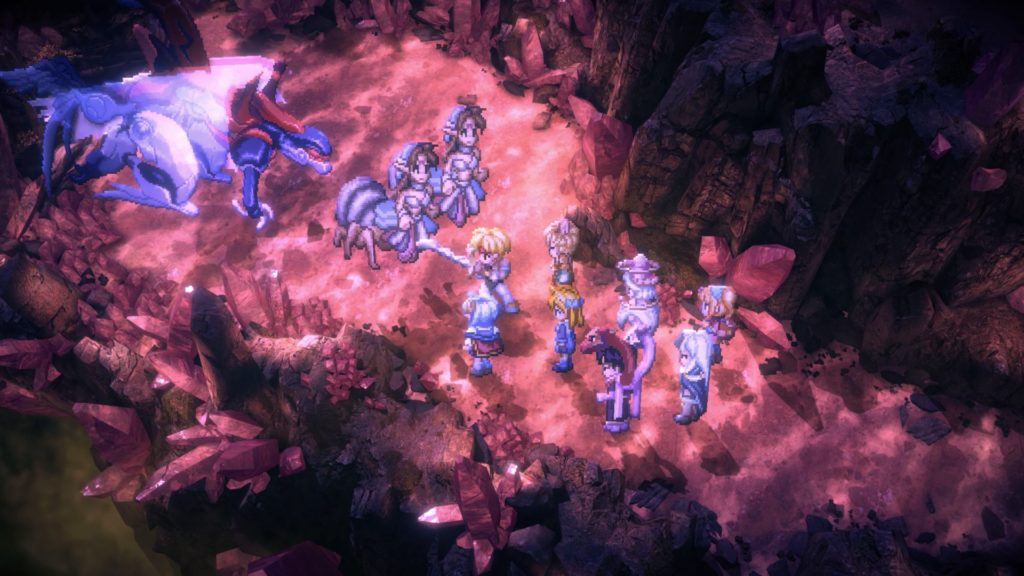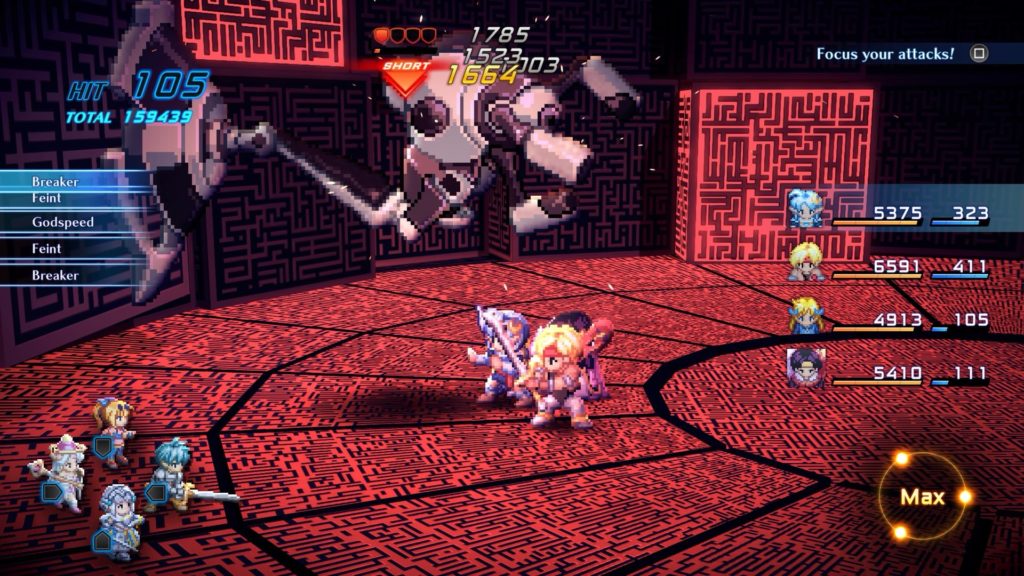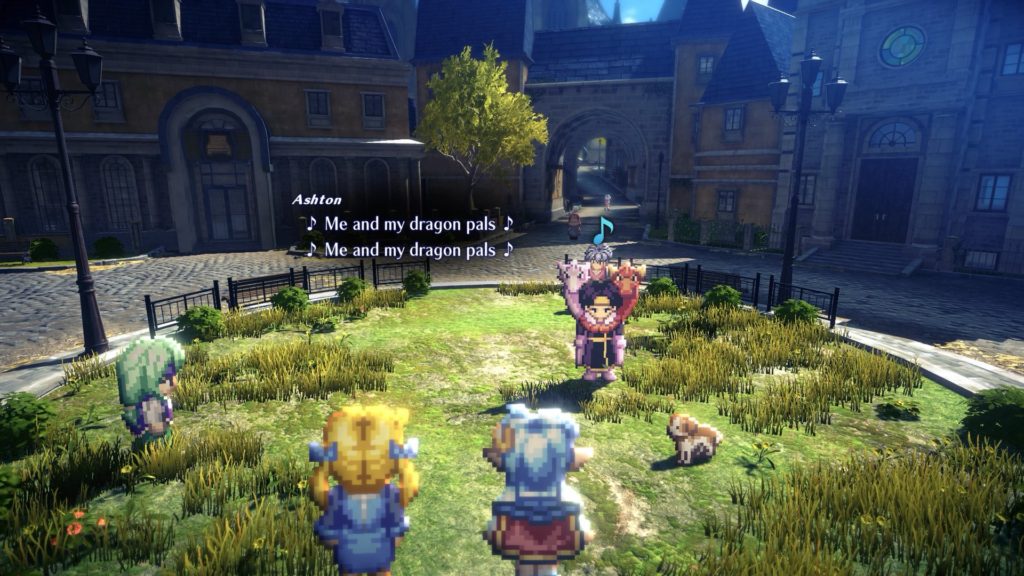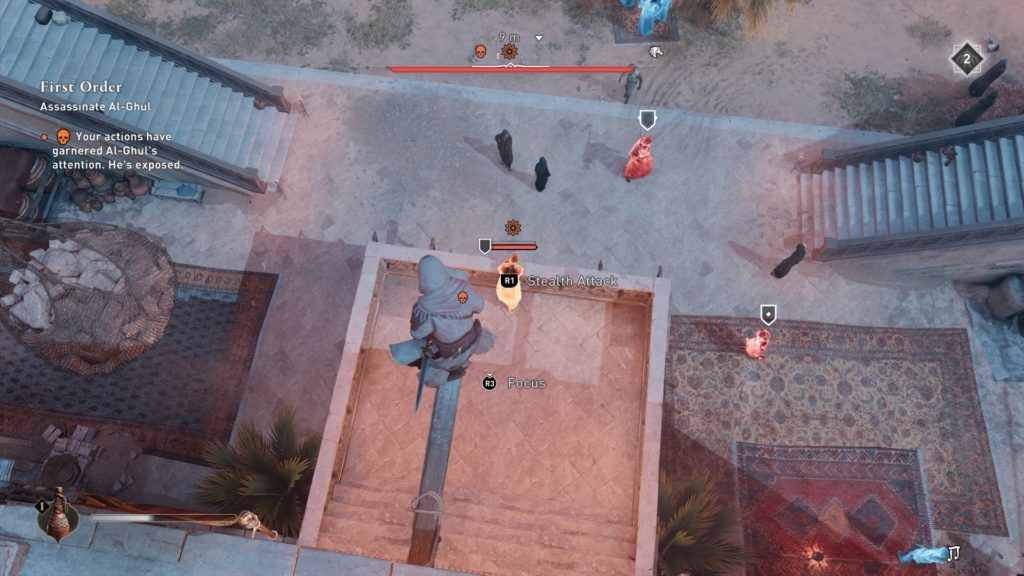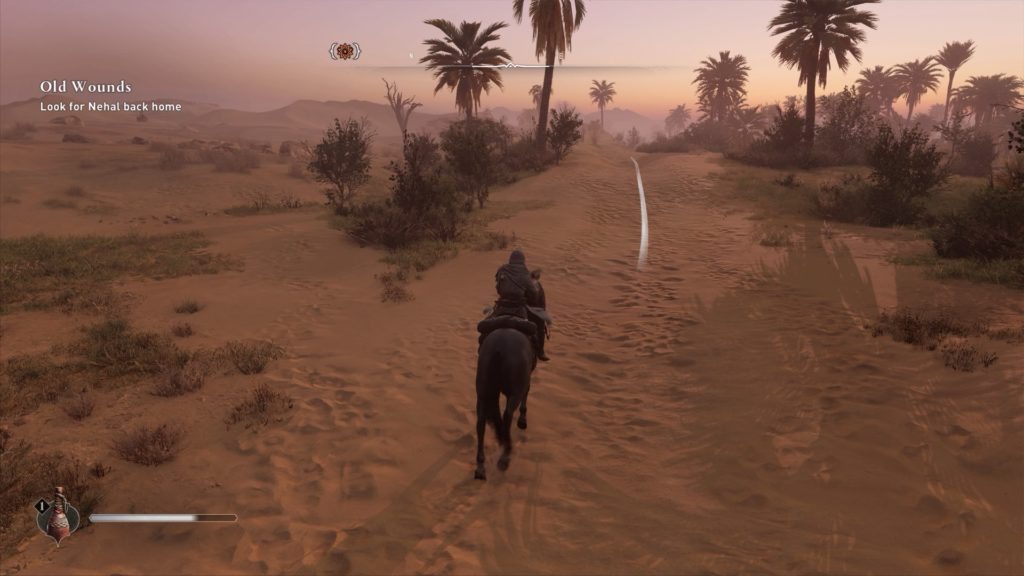Game Ramblings #168 – God of War: Ragnarok
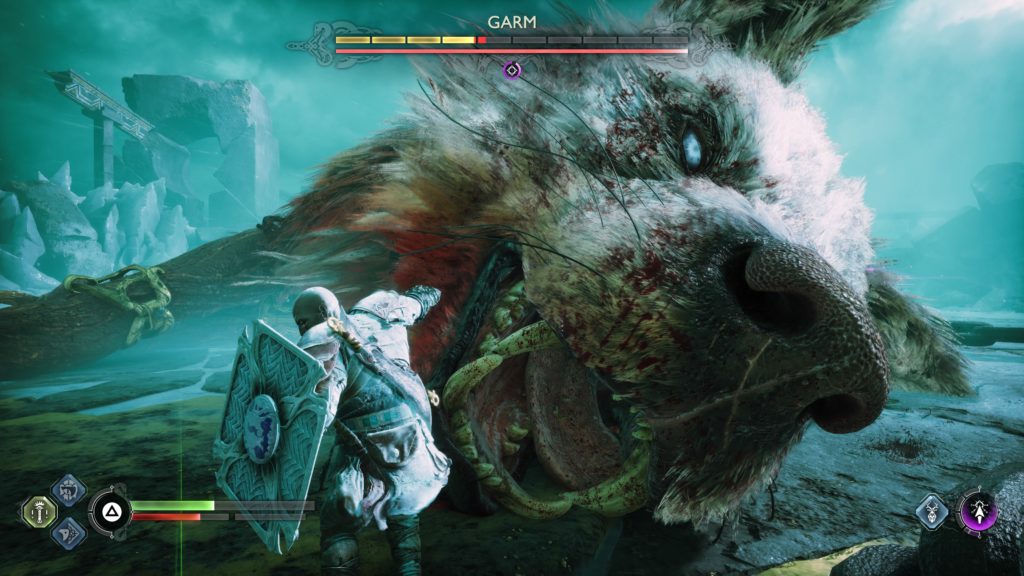
Game Ramblings #179 – Spider-Man 2
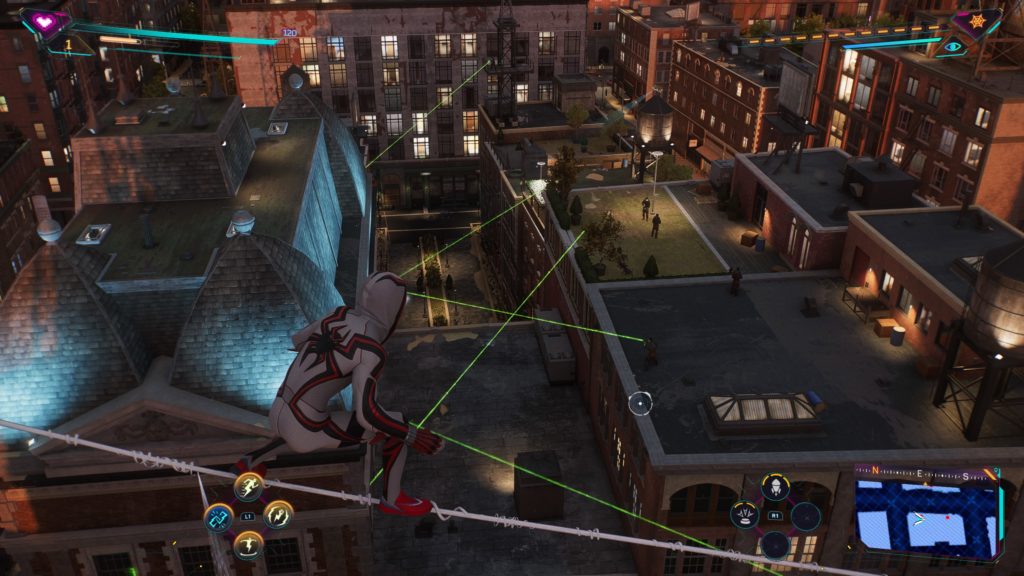
Both of these are pretty similar things. These were both hugely successful sequels that didn’t necessarily iterate that much on their formula, but had such fantastic foundations that it didn’t matter. These games were going to be good, and I can confirm that. They’re both absolutely worth playing.
Game Ramblings #171 – The Legend of Zelda: Tears of the Kingdom
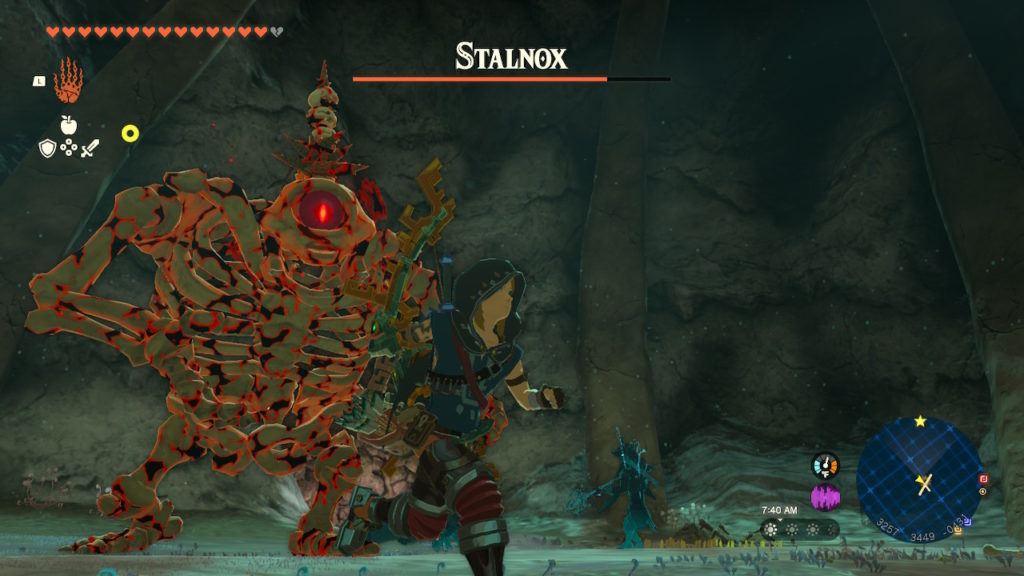
Game Ramblings #174 – Pikmin 4
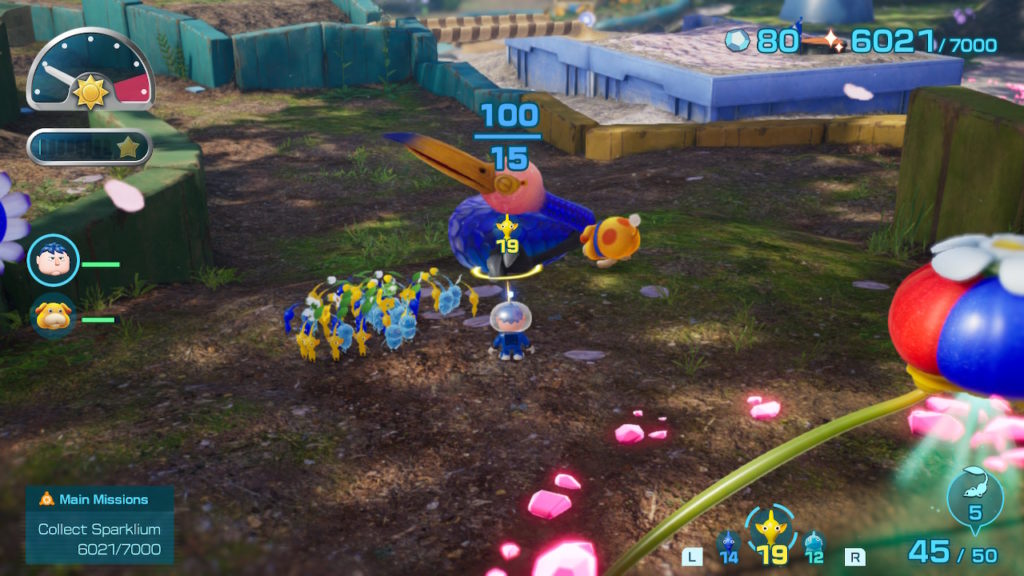
Game Ramblings #178 – Super Mario Bros Wonder
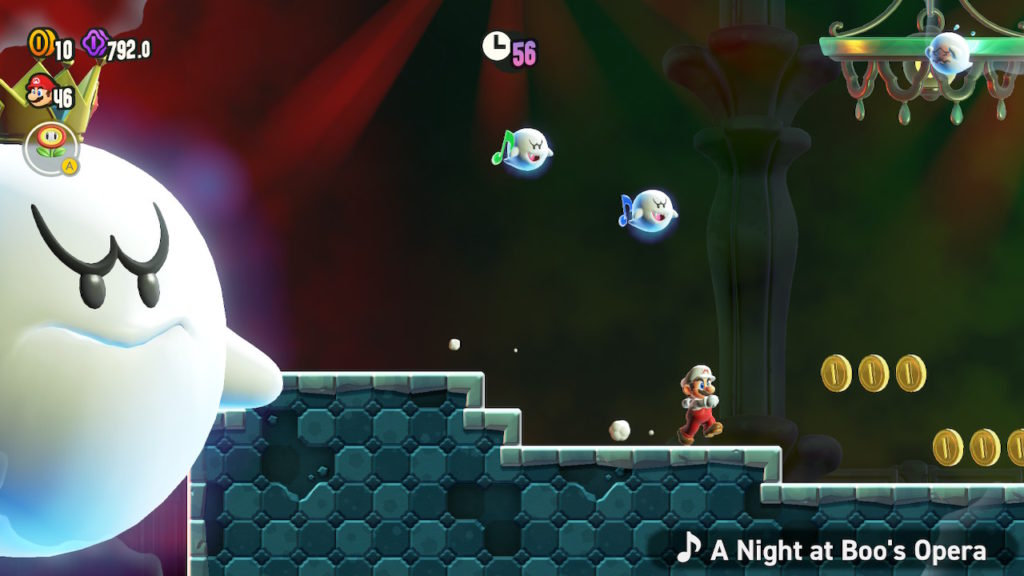
Nintendo had an extraordinary year, and this isn’t the last you’ll see of them in this list. They had a wide array of fantastic games in a wide array of genres and continue to show that they are just the best in the industry, despite the age and low power of the Switch hardware. That’s to say nothing of other things like their Xenoblade Chronicles 3 DLC, which was also incredible. Tears of the Kingdom took an already great base and threw most of it away, replacing the core conceit with a building mechanic that is baffling in its ability to just work. Pikmin 4 reinvigorated the series with larger scale gameplay and a ton of collection that I just wanted to keep playing. Super Mario Bros Wonder did for 2D Mario what Odyssey did for 3D and proved just how many fun ideas can still be pulled out of the same core gameplay. You could own only a Switch and have come out of this year absolutely pleased.
How’d It Age #3 – Metroid Prime
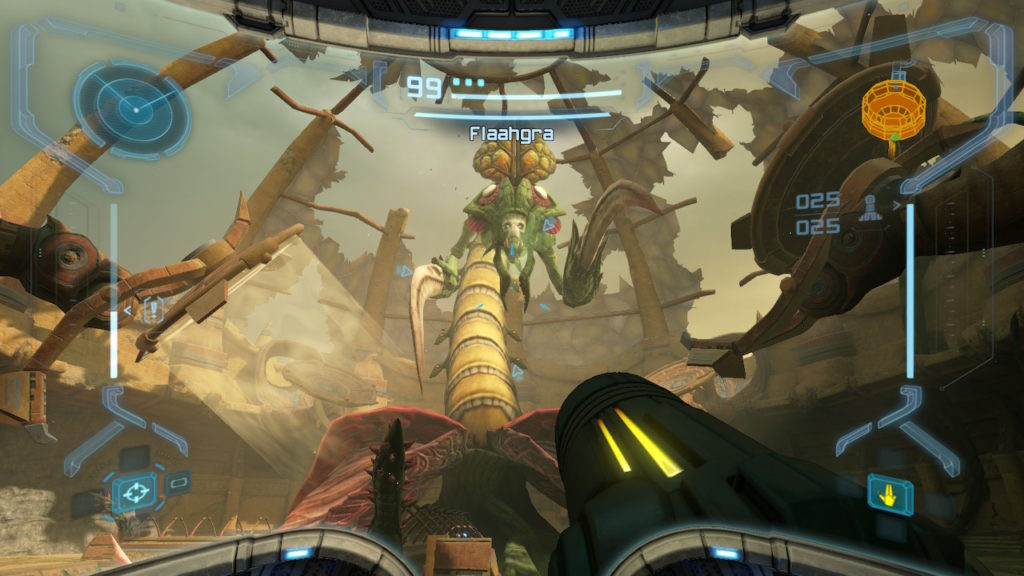
How’d It Age #7 – Super Mario RPG
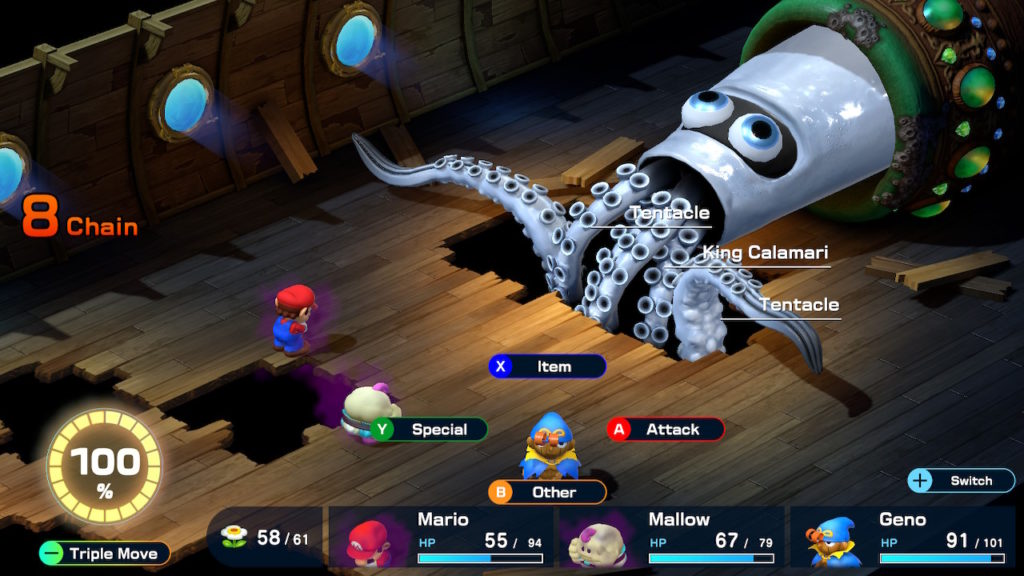
How’d It Age #8 – Star Ocean: The Second Story R – DWGames
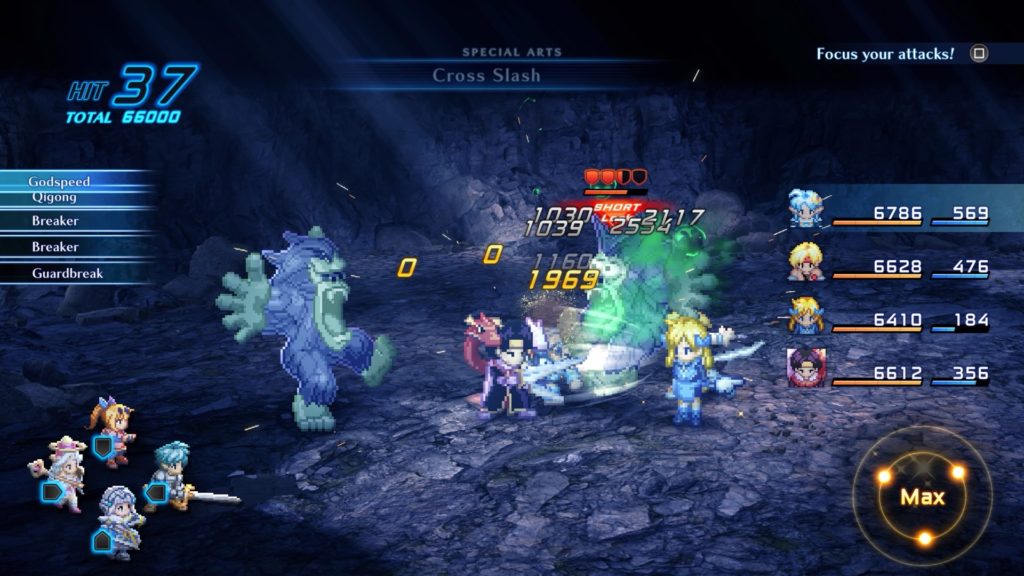
We were absolutely spoiled this year with remakes of varying complexity. Metroid Prime is a fairly straightforward remake, but did enough to modernize an already great game for a new audience. Super Mario RPG is the type of remake that at first glance feels like a simple visual upgrade, but has a bunch of tweaks to really improve the core experience that I didn’t necessarily expect. Star Ocean 2 brings an interesting mix of old and new to the visuals and keeps the existing fun gameplay to modernize a pretty janky title enough to feel worth playing in a modern context.
Game Ramblings #176 – Sea of Stars
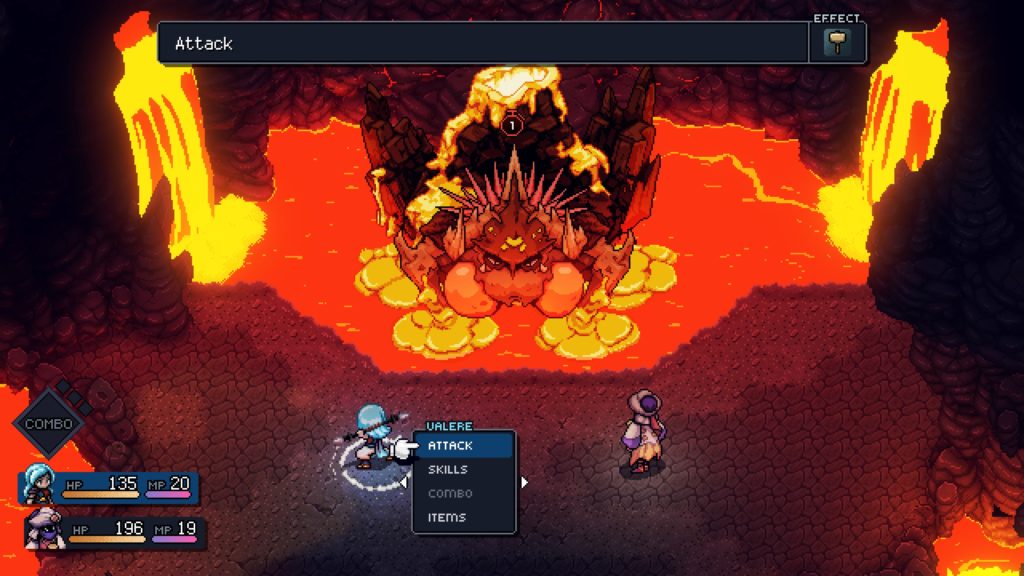
This isn’t a perfect game, but boy is it refreshing. To me it’s probably the new JRPG series of the year and definitely my indie game of the year. It runs a fine line between retro experience and modern gameplay and generally does a wonderful job of it. It combines great combat and a solid story and does it without dragging on. In a year with some really solid JRPG entries it stands out as the one that really hit for me. As far as indies go, this one was far and away the best that I played across the board.
Compared to last year, this year felt predictable to me – but that’s not really a bad thing. The games I expected to be good were good. The games I looked at in previews and went “nah” ended up being duds. The remakes of great past games were still great. To me, that felt like a good thing because it generally felt like teams were living up to their potential. We’re in that point in a console generation where longer development titles are coming out, and having the big titles generally hit means that we’re in for treats through the tail end of the generation as these teams get to their next game.

